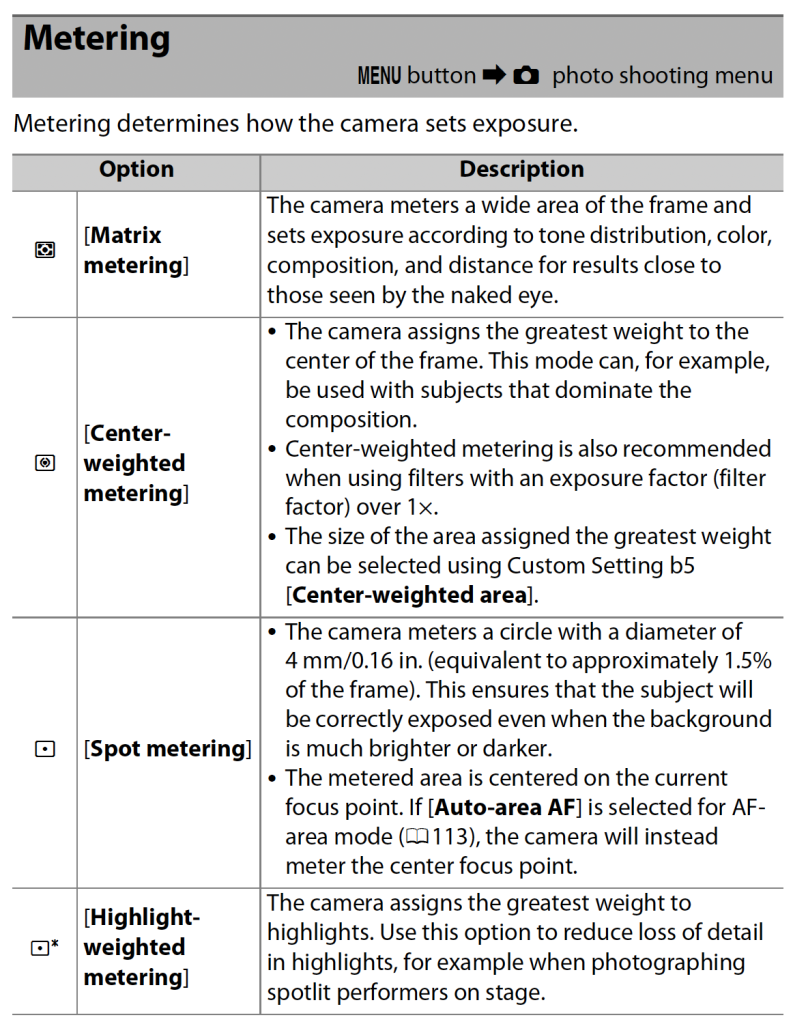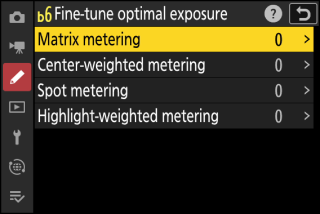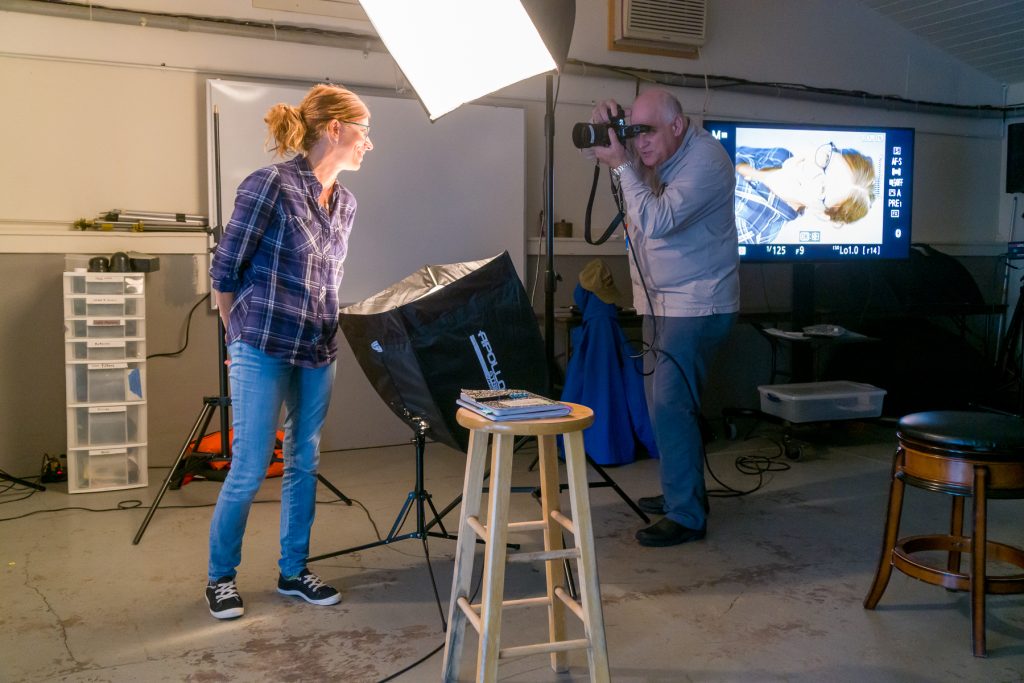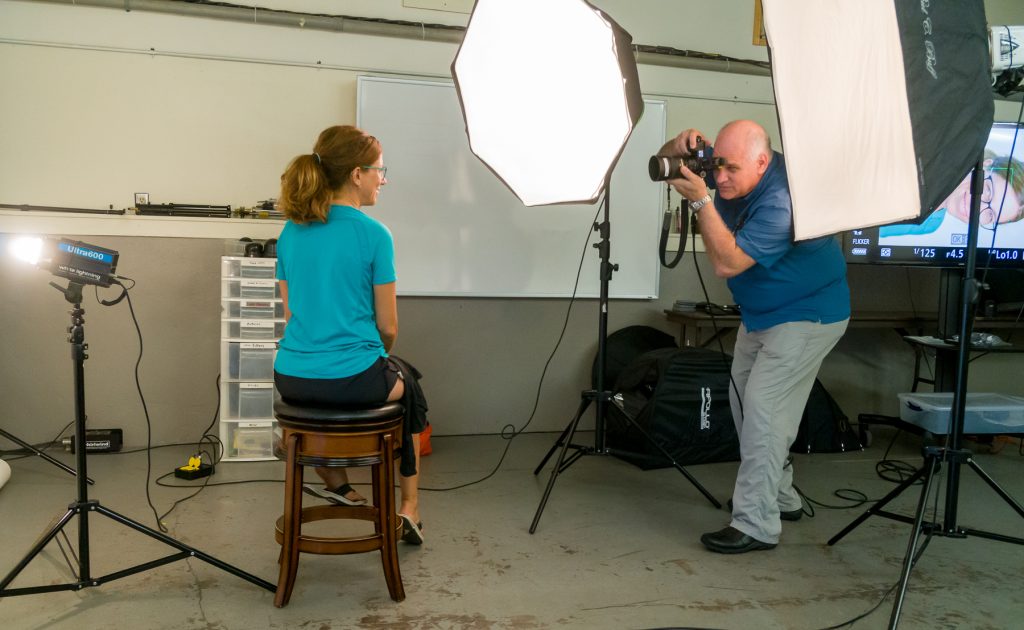When I started in photography, getting the exposure right meant knowing your film, your light, and your camera like the back of your hand. There were no histograms or blinking highlights, just your eyes, meter, and instincts.
Back in the Kodachrome days, there was little room for error. That film had a narrow latitude—you exposed for the highlights or you paid for it with lost detail. It trained me to see light with discipline. There were no safety nets.
Then Nikon started evolving their metering systems, and everything started to change.
A Quick History of Nikon Metering Modes
Here’s a timeline of how Nikon evolved metering, each innovation promising better consistency:
- Center‑Weighted Metering
📷 Nikon F (1959)
Focused most of the meter’s reading on the center of the frame—perfect when your subject was dead center. - Matrix (Evaluative) Metering
📷 Nikon F-601 / N6006 (1990)
Game changer. The camera divided the frame into zones and used algorithms to guess the best exposure. - 3D Color Matrix Metering
📷 Nikon F4/F5 (1996)
Brought distance and color into the metering equation. The camera was getting smarter. - Digital 3D Color Matrix Metering
📷 Nikon D1 (1999)
Added a 1,005‑pixel RGB sensor. Welcome to digital wizardry. - Spot Metering
📷 Nikon F-601 (1990) and D1 (1999)
Gave precise readings from a small portion of the frame—ideal for tricky lighting situations. - Highlight‑Weighted Metering
📷 Nikon D810/D850/D5 (2014–2016)
Specifically, it protects highlights and is a mode designed around how we see and work.

More Intelligent Cameras, But Still Not Smarter Than the Photographer
With every advancement, metering improved. It helped with consistency. But I also learned that no matter how smart the camera got, it could still be fooled, especially if I wasn’t entirely in control.
If you shoot in Aperture Priority, Shutter Priority, or Program, your camera makes decisions for you. And sometimes, it makes the wrong call.
That’s why manual mode—with all these tools as guides, not governors—is still my home base when it matters most.

Enter the Histogram—A Digital Lifesaver
When digital came along, the histogram changed the game. I could finally see whether I was clipping highlights or crushing shadows. It took all those years of Kodachrome discipline and gave me a feedback loop. That made a massive difference in fast-paced situations.
I dive deep into this in my blog post, “Changing My Photography Game with the Nikon Z9 – White Balance and Metering Insights”. The Z9 gave me metering tools I never imagined years ago—but I still had to learn how and when to override them.
The Promise (and Pitfalls) of Eye-Tracking + Spot Metering
When I started using eye-tracking autofocus combined with spot metering on the Nikon Z9, I thought I had found the holy grail for portrait work.
It’s fantastic for a single person.
But on a football field? Where are there dozens of faces in the frame? The camera might suddenly lock onto a coach on the sideline instead of the wide receiver sprinting downfield.
That’s where I leaned back on my sports settings for the Nikon Z9. You’ve got to train the camera for the game, not just the face.
Metering Glitches? Sometimes It’s Not You
There have also been times when metering just seemed off. It turns out it wasn’t user error—it was a glitch.
In one post, “Troubleshooting Nikon Camera Glitches—Unveiling Solutions Beyond the Exposure Triangle,” I discuss how understanding metering modes also means knowing when the camera needs a reset or when firmware updates fix bugs that quietly wreak havoc.
Final Thoughts: Tools vs. Trust
Today’s metering systems are nothing short of incredible. But they are tools, not truth-tellers. They can inform, assist, and enhance—but only if you, the photographer, are in charge.
You still need to:
- Know the lighting
- Understand your subject
- Choose the correct metering mode
- Review your histogram
- Be willing to go manual when things get unpredictable
Metering modes may have changed how I work, but they haven’t changed why I meter: to tell the story with clarity, consistency, and control.






